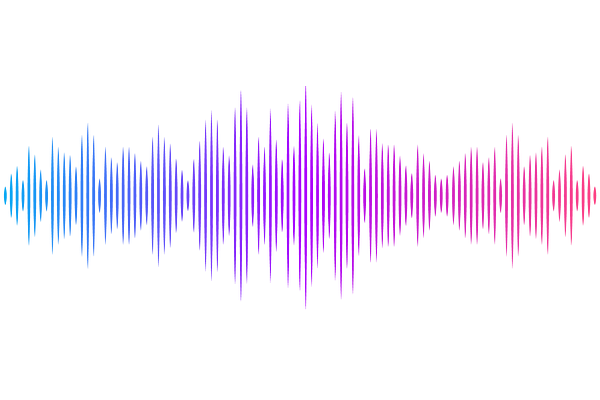Average Power-Density Spectrum of short and long Fermi-GBM Gamma-Ray Bursts

Average Power-Density Spectrum of short and long Fermi-GBM Gamma-Ray Bursts
Else Magnus, Jannes Loonen, Rose S. Stanley, Paul Coppin, Krijn D. de Vries, Nick van Eijndhoven
AbstractGamma-ray bursts (GRBs) are the most powerful electromagnetic outbursts in the Universe and emit a vast amount of their energy in the form of gamma rays. Their duration is extremely short on cosmic timescales, but they show a wealth of time variability in their light curves. Properties of this variability may carry information about the processes the gamma rays emerge from, which are still poorly understood. This research investigates the redshift-corrected gamma-ray light curves of 159 long GRBs, observed with the Gamma-Ray Burst Monitor on the Fermi Gamma-Ray Space Telescope between 2008 and 2023. We calculate the average power-density spectrum (PDS) of different groups of GRBs that are distinguished based on fluence, peak rate, duration, redshift, and the different GRB phases. Almost all redshift-corrected spectra reveal a power-law behavior with high-frequency power-law indices distributed around $\sim -1.9$. The precursor phase and redshift-corrected short bursts exhibit a shallower power law with index $\sim -1.3$, potentially due to the limited statistics that these samples represent. Only in some cases, the high-frequency index is still consistent with the $-5/3$ (Kolmogorov) slope, found by earlier studies and linked to the appearance of fully developed turbulence.